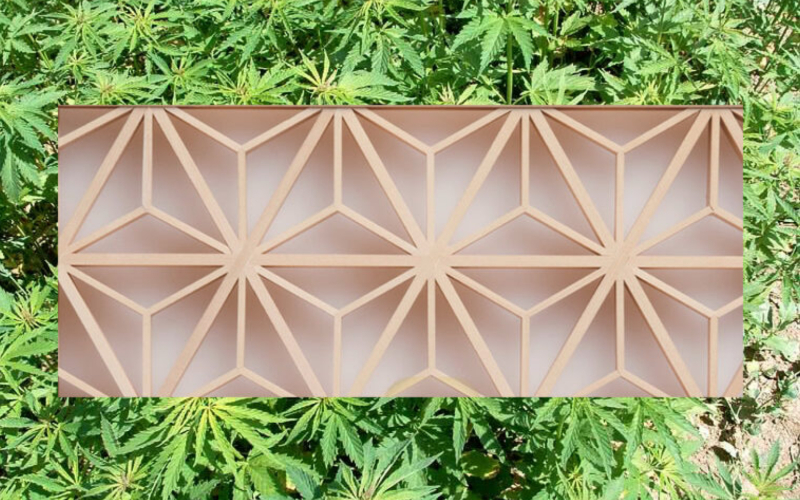One of the traditional arts of Japan is kumiko woodworking. Neither glue nor any metal joints, such as nails, are used with this procedure.
The culture of various nations has inspired kumiko art, therefore it is not strange that each nation has altered the patterns in accordance with its interests.
Kumiko woodworking patterns can therefore neither be tallied nor listed due to their vast number. The conventional Kumiko designs, however, continue to be highly well-liked and have their own zealots.
Uses of Kumiko Art Woodworking
Kumiko woodworking is utilized in establishments like apparel stores, eateries, offices, and reception areas as well as for decorative things like kitchen and room dividers, closets, and entry doors.
What you intend to accomplish with this style of art might play a significant role in selecting the best design for it. The pattern you choose for kumiko woodworking, however, mostly relies on your preferences.
Several woodworking projects can benefit from the usage of kumiko designs.
Some of these patterns and their depictions include;
1. Goma Pattern
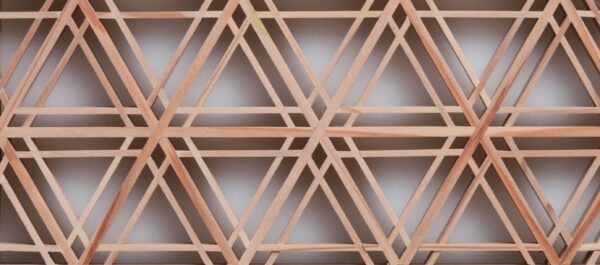
From ancient times, Goma has been utilized as a remedy to promote youth lifespan. This design is employed in Japanese restaurants to ensure the lifespan and good health of their customers.
2. Saya-gata Pattern
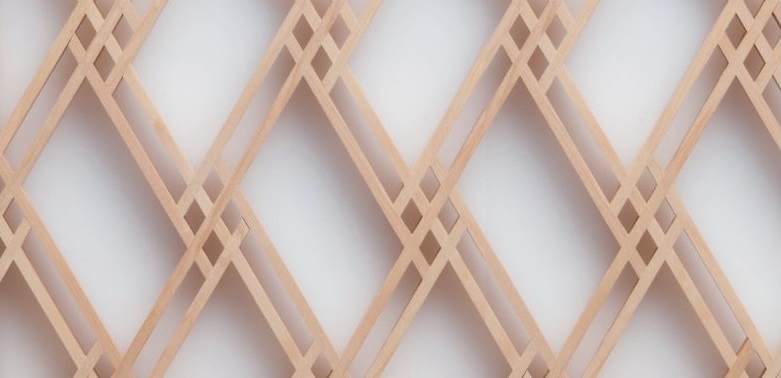
During the Ming Dynasty, silk fabric from China was introduced to Japan and used as the basis for the pattern known as sayagata. The Japanese use these motifs, which signify durability, to ensure the health and longevity of their families.
3. Shoko Pattern
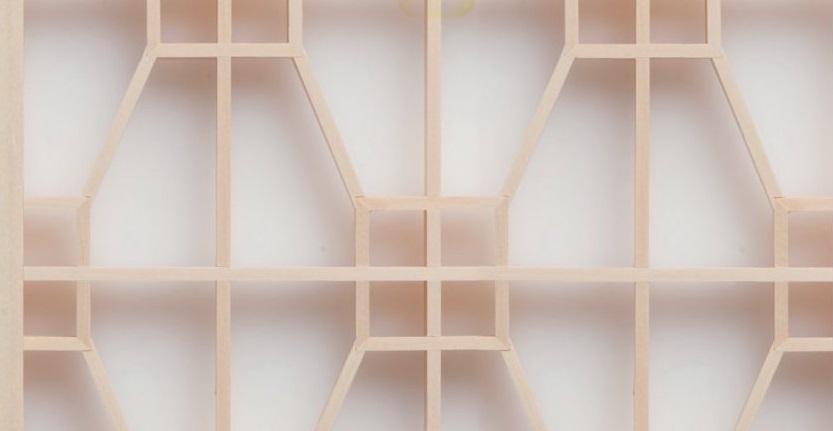
Shoko designs were inspired by an embossed silk cloth pattern from China, where “8” is thought to be the luckiest number for emperors to dwell.
4. Izutsu-Wari-Bishi Pattern
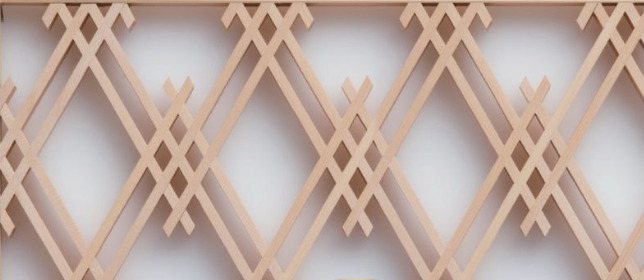
In this layout, a land is surrounded by a square fence. These motifs stand for both the Japanese people’s desire to lead wealthy and successful lives as well as their protection in their daily lives.
5. Seikaiha Pattern
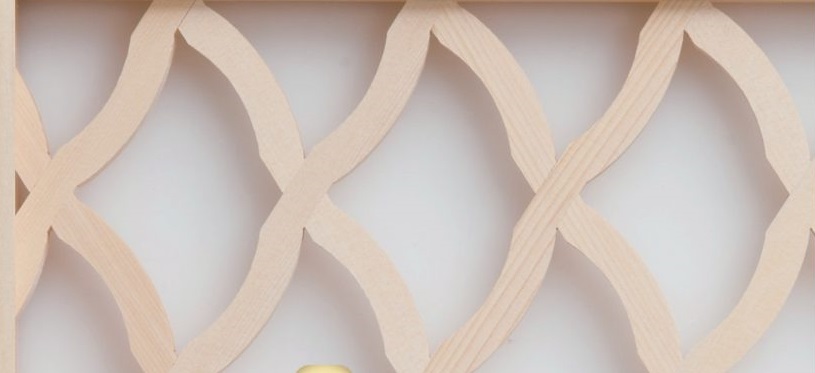
This design depicts the Japanese people’s wish for a happy existence and symbolizes the sea’s never-ending waves. The Japanese love this lucky motif and wear it often.

